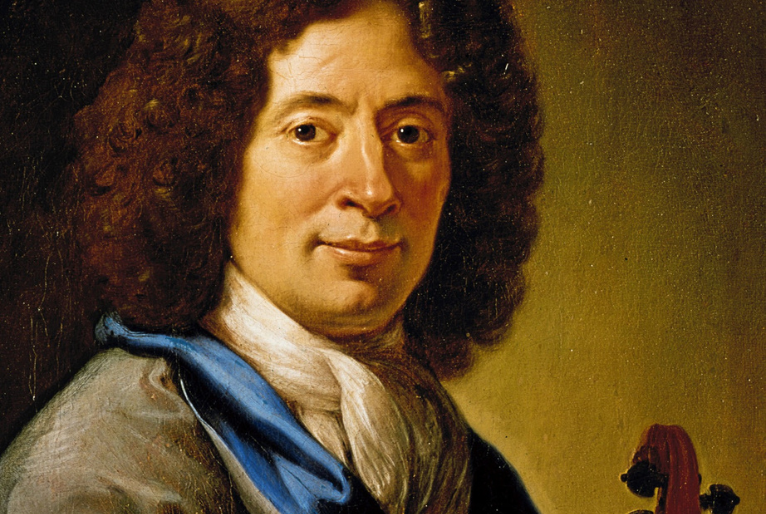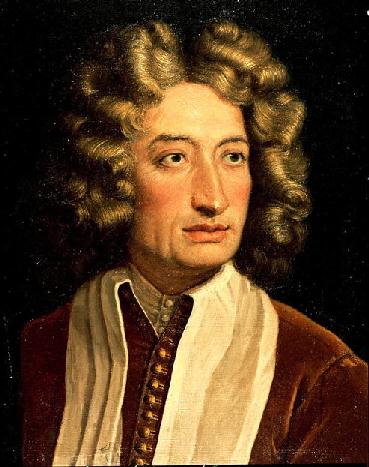In the realm of classical music, few names carry as much weight and influence as that of Arcangelo Corelli. Born in 1653 in the Italian town of Fusignano, Corelli would go on to become one of the most celebrated composers and violinists of the Baroque era. His pioneering contributions to the development of instrumental music, particularly the concerto and sonata forms, left an indelible mark on the music world and continue to inspire musicians and composers to this day.
Early Life and Education:
Arcangelo Corelli was born into a modest family, but his talent for music was apparent from a young age. Recognizing his prodigious abilities, his father arranged for him to study music in nearby Bologna. There, Corelli became a student of Giovanni Benvenuti, a renowned violinist. Corelli quickly excelled, mastering the instrument with remarkable proficiency.
Career and Achievements:
After completing his studies, Corelli embarked on a successful career as a violinist and composer. He gained recognition for his virtuosic performances and was sought after by prominent patrons and music enthusiasts across Europe. Corelli’s reputation reached its zenith during his time in Rome, where he served as the leader of the orchestra at the Church of San Luigi dei Francesi and enjoyed the patronage of Queen Christina of Sweden.
Corelli’s contributions to music were groundbreaking. He played a pivotal role in refining the concerto grosso, a popular form of orchestral music during the Baroque period. His compositions displayed an exquisite balance between the solo and orchestral sections, showcasing the talents of individual instrumentalists within a larger ensemble. His twelve concerti grossi, published in 1714 as “Opus 6,” remain some of the most influential and widely performed works of the Baroque era.
Another significant achievement of Corelli was his impact on the development of the sonata. He composed numerous sonatas for various instrumental combinations, including the violin, cello, and harpsichord. His sonatas were characterized by their elegant melodies, meticulous craftsmanship, and innovative use of counterpoint.
Legacy and Influence:
Corelli’s influence extended far beyond his own compositions. His artistic sensibilities and technical innovations profoundly influenced subsequent generations of composers, including Johann Sebastian Bach and George Frideric Handel. The tradition of the “Corellian trio sonata,” with its two violins, cello, and harpsichord continuo, became a cornerstone of Baroque instrumental music.
Corelli’s impact on the violin cannot be overstated. His virtuosic performances and innovative techniques elevated the status of the violin as a solo instrument. His playing style, characterized by its refined phrasing, expressive ornamentation, and flawless technique, set the standard for violinists of his time and continues to inspire violinists to strive for excellence.
Conclusion:
Arcangelo Corelli’s life and work epitomize the genius and artistic achievements of the Baroque era. His contributions to instrumental music, particularly the concerto and sonata forms, have left an indelible mark on the music world. From his virtuosic violin performances to his masterful compositions, Corelli’s legacy continues to captivate and inspire musicians and music enthusiasts alike. His unwavering commitment to excellence and his passion for the violin and its expressive possibilities continue to resonate across the centuries, making him an immortal figure in the annals of classical music.


Comments are closed